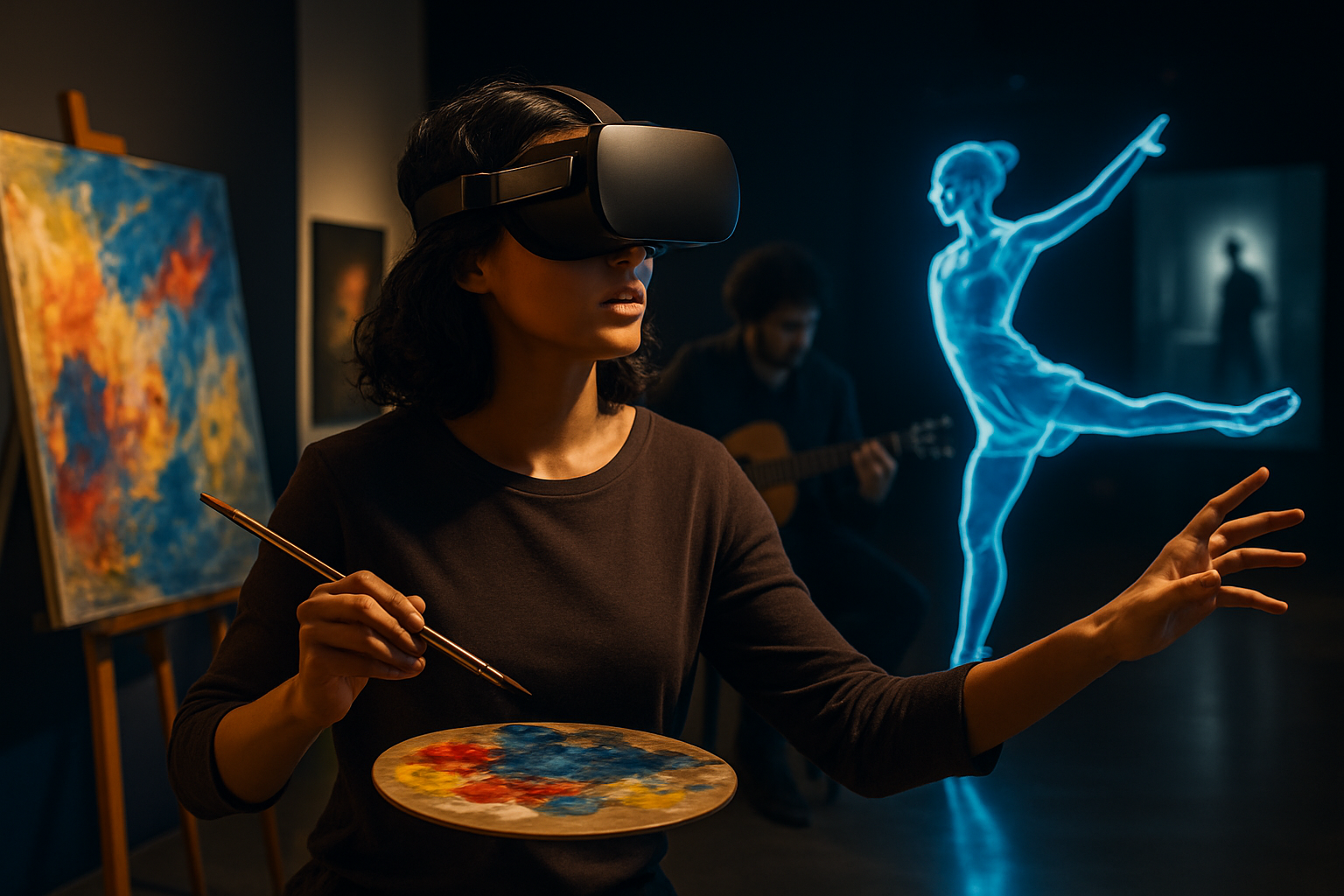Surrealism's Digital Renaissance: AI-Generated Art
In the ever-evolving landscape of contemporary art, a fascinating phenomenon has emerged, blending the boundless imagination of surrealism with cutting-edge artificial intelligence technology. This unexpected fusion has given birth to a new wave of artistic expression, captivating audiences and challenging traditional notions of creativity. As AI-generated art continues to gain traction, it's reshaping the boundaries of surrealism and sparking intense debates about the nature of art itself.

From Neural Networks to Nightmarish Visions
At the heart of AI-generated surrealist art lies a technology known as neural networks. These sophisticated systems, inspired by the human brain, learn to recognize patterns and generate new images based on vast amounts of visual data. When trained on surrealist artworks, these networks produce strikingly original compositions that blend familiar elements in unsettling and thought-provoking ways.
The Rise of AI Art Galleries
As AI-generated surrealist art gains recognition, dedicated galleries and exhibitions are emerging worldwide. These spaces showcase the most innovative and captivating works produced by AI, often alongside traditional surrealist pieces. The juxtaposition highlights both the continuity and evolution of surrealist ideas in the digital age, sparking conversations about the role of human creativity in an increasingly automated world.
Ethical Dilemmas and Artistic Authenticity
The rise of AI-generated surrealism has not been without controversy. Critics argue that machine-created art lacks the emotional depth and intentionality of human-made works. Questions of authorship and copyright have also surfaced, as AI systems draw inspiration from existing artworks. These debates challenge our understanding of creativity and force us to reconsider what it means to be an artist in the 21st century.
Collaboration Between Human and Machine
Despite the concerns, many artists are embracing AI as a powerful tool for expanding their creative horizons. By working in tandem with AI systems, these artists are pushing the boundaries of surrealism even further. The resulting collaborations often blend the raw creativity of machine learning with the nuanced vision of human artists, producing works that are both technologically impressive and emotionally resonant.
The Future of Surrealism in the Digital Age
As AI technology continues to advance, the potential for AI-generated surrealist art seems limitless. Some experts predict that future systems will be able to generate entire virtual worlds filled with surreal landscapes and creatures, offering immersive experiences that blur the lines between reality and imagination. Others speculate about the possibility of AI developing its own artistic consciousness, leading to truly unpredictable and revolutionary forms of surrealist expression.
Impact on the Art Market and Collectors
The emergence of AI-generated surrealist art is already making waves in the art market. Collectors and investors are showing increasing interest in these digital creations, with some AI-generated pieces fetching impressive sums at auction. This trend is forcing the art world to grapple with questions of value and authenticity in the digital age, as well as the long-term implications for traditional art forms.
Educational Potential and Artistic Literacy
Beyond its creative and commercial impact, AI-generated surrealism offers exciting possibilities for art education. By analyzing the patterns and techniques used by AI systems, students and aspiring artists can gain new insights into the principles of surrealist composition. Additionally, the accessibility of AI art tools is democratizing artistic creation, allowing more people than ever to explore their creative potential and engage with surrealist ideas.
Preserving the Human Touch in a Digital World
As AI-generated surrealism continues to evolve, many artists and critics stress the importance of maintaining a balance between technological innovation and human creativity. While AI can produce stunning and thought-provoking works, the unique perspective and emotional depth that human artists bring to their creations remain irreplaceable. The challenge moving forward will be to harness the power of AI while preserving the essential human element that has always been at the core of surrealist expression.
In conclusion, the fusion of surrealism and artificial intelligence represents a fascinating new frontier in the world of art. As AI-generated works continue to challenge our perceptions and push the boundaries of creativity, they also force us to confront fundamental questions about the nature of art, consciousness, and human imagination. Whether viewed as a threat to traditional artistic practices or as an exciting new tool for creative expression, there’s no denying that AI-generated surrealism is leaving an indelible mark on the art world, promising to shape the future of creativity in ways we are only beginning to imagine.





